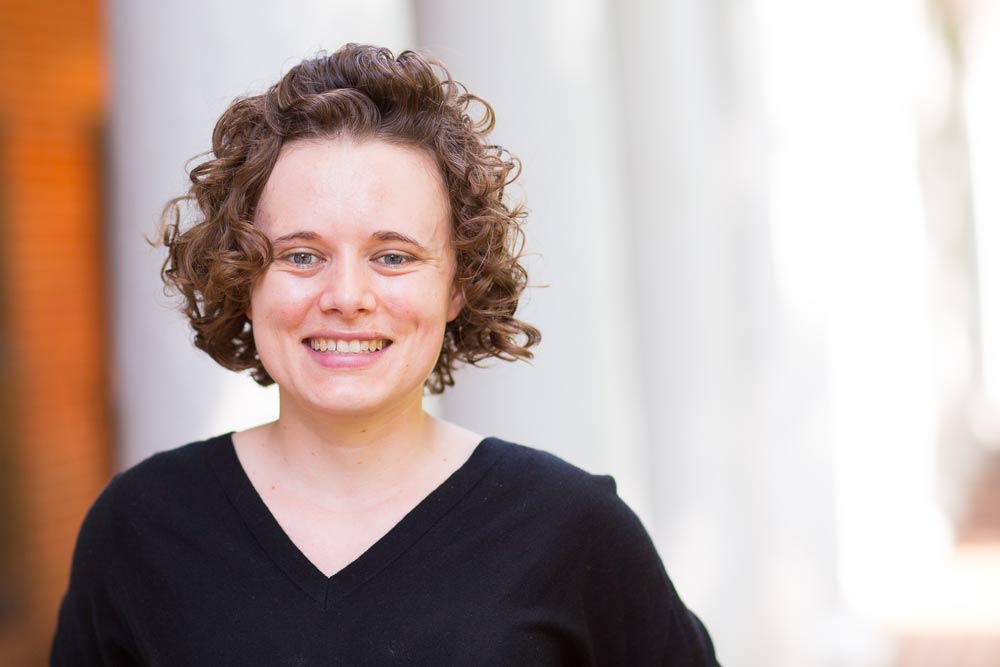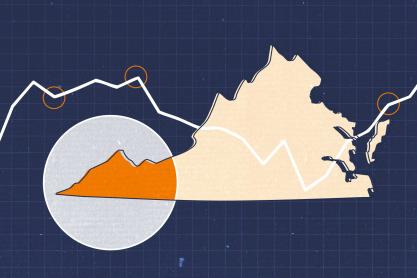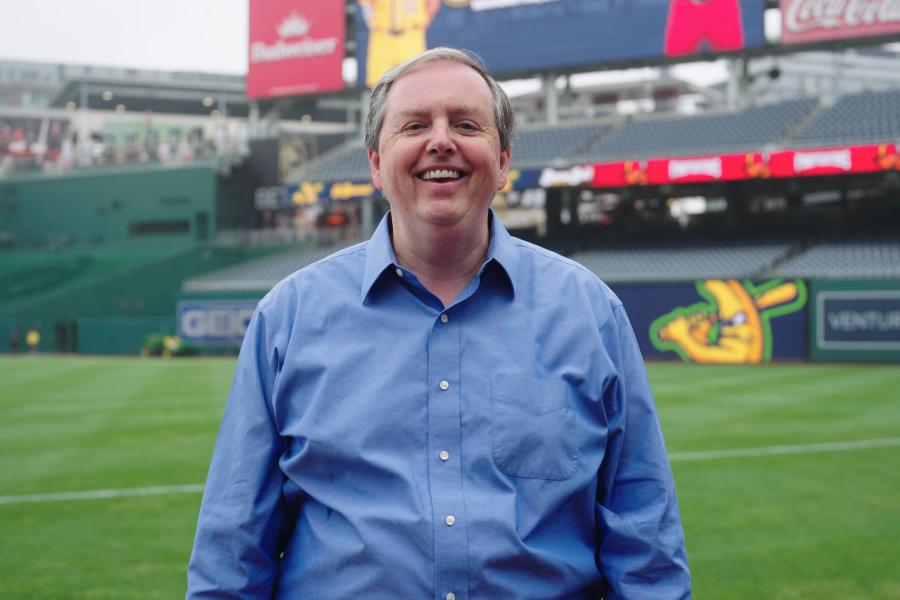If you’ve ever wanted more choice and voice at the ballot box, ranked choice voting may offer a promising path forward.
Ranked choice voting is exactly what it sounds like. Voters rank their favorite candidate first, and then mark their second choice, third choice and so on. Research shows most voters find the system easy to understand.
Charlottesville voters are currently using ranked choice voting when casting ballots in the primary election for City Council, where three Democrats are running for two seats. The city and Arlington County are so far the only two Virginia communities to use the election process. It’s also used in elections in two other states and 51 local jurisdictions across the country, according to the American Bar Association.

Sally Hudson, a Karsh Institute of Democracy practitioner fellow and former member of the Virginia House of Delegates, is the leader of Ranked Choice Virginia, the nonprofit organization that promotes the voting method in the state. (Contributed photo)
“Under Charlottesville’s old election system, you could vote for more than one candidate, but you couldn’t express a preference between them,” said former Virginia Delegate Sally Hudson, a Karsh Institute of Democracy practitioner fellow. As a representative of the Charlottesville area, Hudson led the 2020 effort to pass the law allowing Virginia localities to use the ranked choice method.
Charlottesville elects its city councilors on an at-large basis, meaning they represent the entire city. Under Charlottesville’s former election system – known to political scientists as “block voting” – if there were two seats up for election, each voter could support up to two candidates, and the top two vote-getters would win the seats. Some voters, especially those who were part of racial or political minorities, would cast only one vote – called a “single-shot” vote – to make sure their favored candidate had the best chance of winning, Hudson said.
“Under the old system, you could actually hurt your favorite candidate by voting for a second,” Hudson said. “Ranked choice voting solves that problem. You can’t hurt your favorite candidate by supporting the candidate you like second best.”
According to Ranked Choice Virginia, the nonprofit organization headed by Hudson that promotes the voting method in the state, voters select candidates on the ballot in their preferred order. If no candidate wins enough first-choice votes to win the election, second-place votes are counted in an “instant runoff’ to find the winners with the broadest support.
In each round, the candidate with the fewest votes is eliminated, and their supporters’ votes are transferred to their next choice until the winners are decided.
Proponents praise the system for forcing candidates to appeal to a wider range of voters, as they try to earn second- or third-choice votes. Detractors say it makes the election process more complicated for voters and can delay the results.
Charlottesville City Council members Juandiego Wade and Brian Pinkston, both UVA alumni, are deep in the voting this year, seeking reelection to City Council. The pair are running “as a team” in the Democratic Party primary for the two seats up for grabs. A third candidate, Jen M. Fleisher, is also running.









